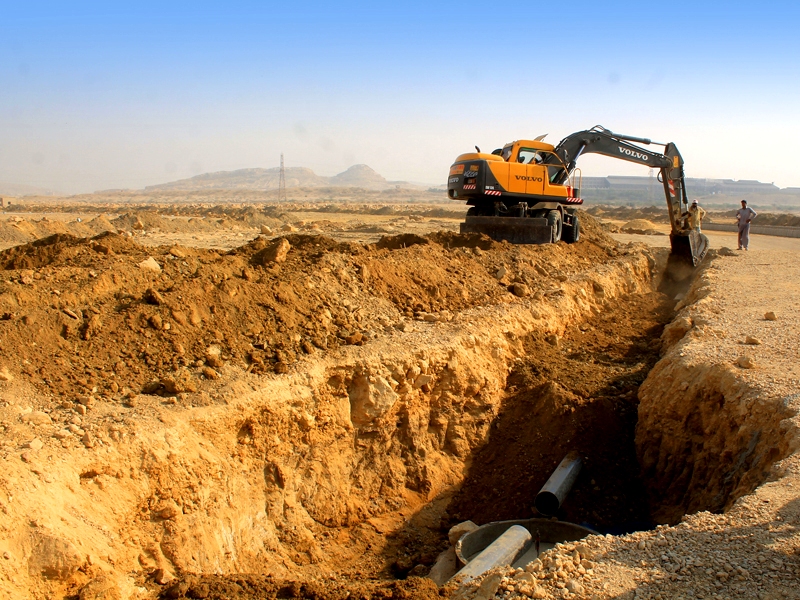Open drain construction
Open drain construction pertains to all aspects of installing and maintaining storm water drainage systems. These systems are a vital aspect of wastewater management and aid in protecting communities and infrastructure against flooding.
Concrete storm drain construction is a specialized field that requires contractors to undergo extensive training. The process of developing drainage systems requires a collaborative effort amongst project owners, design engineers.
Municipal drainage systems are designed by civil engineers. Systems must comply with state and federal water management practices, as well as guidelines established by the Environmental Protection Agency.
Engineers create blueprints based on land surveys and data collected through subsurface utility engineering. Systems include an elaborate network of concrete catch basins, underground water pipes, storm drain chambers, retention or detention ponds, and outlet pipes.
Storm drain construction involves clearing and excavating the site where the drainage system will be installed. When drainage systems are positioned in locations that are a considerable distance from the point of discharge, storm water can be redirected to detention ponds where is it stored for release at a later time.
Concrete drainage systems are comprised of minor and major systems that work together or independently. Minor systems are used to collect and convey storm water runoff through storm drains, water pipes, channels, swales, and inlets. Major systems take over anytime water levels exceed the capacity of minor systems.
Two crucial elements of concrete storm drain structures are water accumulation and flow rates. Determining the rate at which storm water accumulates aids in figuring out the size of pipes required to regulate flow rates through underground water pipes.
Understanding water flow rates is essential for storm drain engineers to determine which kind of street gutter is required. This apparatus is used to accommodate open channel flow rates to ensure the system can handle the amount of water that enters the system.
In addition to conveying storm water runoff that accumulates on ground surfaces, drainage systems also carry away all types of pollutants and debris until it is released via outlet pipes into retention ponds or large bodies of water.


